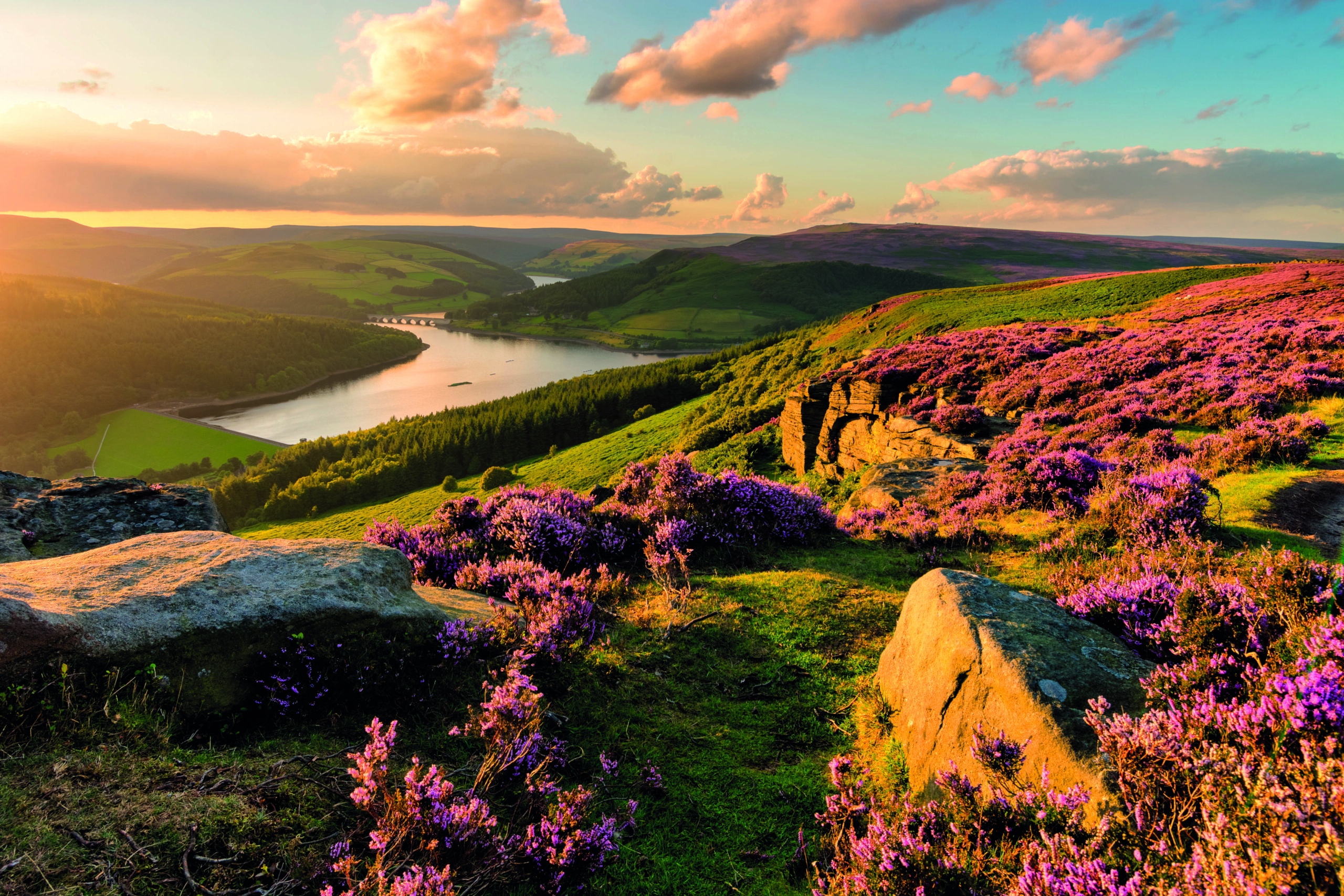One size cannot fit all on national parks
There are plans afoot for more national parks — but what does that mean for shooting and conservation, asks BASC’s Conor O’Gorman.

There is almost an assumption that drawing lines around an area on a map and calling it a national park is automatically good for nature — and ‘nature recovery’ is often a stated aim. But does nature really benefit after a piece of land is given a new label? Is it not just more red tape and visitor pressure?
The unique landscapes and biodiversity in each of the 15 national parks around the UK are the result of generations of farmers, gamekeepers and other conservationists. But I am not sure the public fully understands and appreciates this, nor do many of those involved in producing the policies and interpretative centres.
People visit national parks for various reasons. And many parks offer amazing shooting opportunities for a variety of quarry species.
It was perhaps an inconvenient truth for the Campaign for National Parks (CNP) when shooting came in as the third favourite out of a list of 23 activities taking place within the parks. I point this out because in 2018 the CNP recommended the licensing of ‘driven grouse shooting’ in the parks in its policy document Raising the Bar: Improving Nature in our National Parks, with no other mention of shooting.
In fact, people living within or visiting national parks take part in target shooting, wildfowling, game shooting, deerstalking and pest and predator control activities. With that in mind, let’s look at the proposals for new national parks.
In July consultations were launched for a new national park in north-east Wales, based on the existing Clwydian Range and Dee Valley Area of Outstanding Natural Beauty (AONB). This would be a fourth national park for Wales, and the first to be established in principality since 1957.
BASC staff have attended a number of engagement events about this to formalise our interest as stakeholders and to get the narrative right from the start that shooting is a positive land use — not a potential threat.
In November, when the Government announced plans for a new national park in England, it was the top trending news item on the BBC website. In fact, the announcement was part of a wider list of ‘nature pledges’ ahead of the climate change conference COP28.
The Scottish government has committed to establish at least one new national park by 2026. There have been various consultations about this since last year, and BASC has been recommending local community stakeholder engagement as a key principle for any decision-making.
Other key principles are fostering the economic and community vitality of each area, and that visitor levels to these areas are managed at sustainable levels. Also, new environmental land management schemes should provide financial reward for pest and predator control that aids nature recovery in these areas, including the management of fox, deer, grey squirrel and pest bird species listed on the general licences.
The management of land, wildlife and livestock in national parks is always evolving and we must avoid imposing one-size-fits-all proposals on rural communities. If all these principles are adopted, perhaps nature recovery as an objective has a chance of success.








